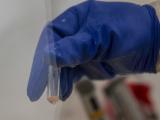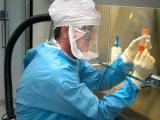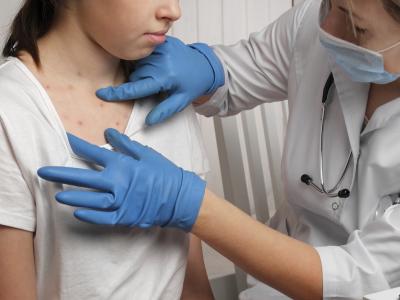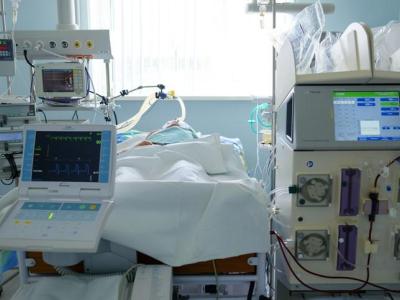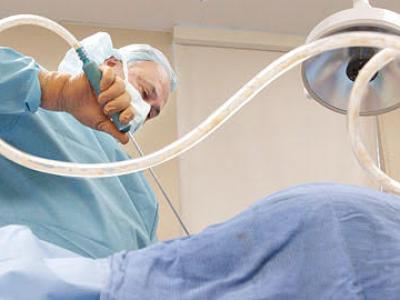Sep 9, 2002 (CIDRAP News) Workers who decontaminate buildings tainted with anthrax (Bacillus anthracis) spores should be vaccinated against the disease or receive preventive antibiotic treatment, according to new guidelines from the Centers for Disease Control and Prevention (CDC).
"Neither the infective dose for the development of inhalational anthrax nor the level of exposure to B. anthracis during remediation activities has been characterized adequately," the CDC said. "Because of these uncertainties and because anthrax is potentially fatal, workers entering B. anthraciscontaminated sites should be vaccinated adequately with anthrax vaccine or protected with antibiotic prophylaxis." The guidelines were published in the Sep 6 issue of Morbidity and Mortality Weekly Report.
The Hart Senate Office Building in Washington and a number of postal facilities in several states have undergone decontamination since anthrax spores were mailed to several government and media offices last fall. The federal Occupational Safety and Health Administration's guidelines for dealing with hazardous materials do not address anthrax specifically, the CDC said.
Anthrax vaccination or antibiotic treatment should be used along with personal protective equipment (PPE), training, environmental controls, and other standard safety steps, the CDC said. The medical measures are necessary because PPE and environmental controls are not always completely reliable or fully maintained, the report said.
The CDC said it is making anthrax vaccine available for workers who have to enter contaminated areas repeatedly. "This ultimately will reduce the need for antibiotic prophylaxis and associated side effects for vaccinated persons," the report says. The announcement noted that anthrax vaccine adsorbed, formerly called AVA, is now known as BioThrax. The vaccine is given in six doses over 18 months, with annual boosters thereafter.
Fully vaccinated workers who are wearing appropriate protective gear do not need antibiotic prophylaxis unless they breathe ambient air because of a failure of protective equipment, the CDC said. But the agency recommends that unvaccinated people who are exposed to anthrax a single time take antibiotics for 60 days.
Unvaccinated workers who enter contaminated sites repeatedly over a period of time should take antibiotics "considerably longer" than 60 days, officials said. "Some remediation workers have been treated with antibiotics for >6 months, and remediation projects are not yet complete," the report states.
The report notes that the supply of anthrax vaccine for civilians remains "severely limited." The vaccine, made by BioPort Corp. of Lansing, Mich., was reserved almost entirely for military use until last June. The Defense Department announced then that about half of the stockpile would be set aside for civilian use, given the risk of further anthrax attacks. The Pentagon is vaccinating military personnel and civilian support workers who serve in parts of the world where the risk of anthrax exposure is considered high.
Several hundred military personnel have refused to take the anthrax vaccine series because of worries about side effects. An Institute of Medicine committee reported last March that the vaccine is safe but called for a new vaccine that would require fewer doses and cause fewer side effects.
CDC. Notice to readers: occupational health guidelines for remediation workers at Bacillus anthraciscontaminated sitesUnited States, 2001-2002. MMWR 2002;51(35):786-9
http://www.cdc.gov/mmwr/preview/mmwrhtml/mm5135a3.htm




